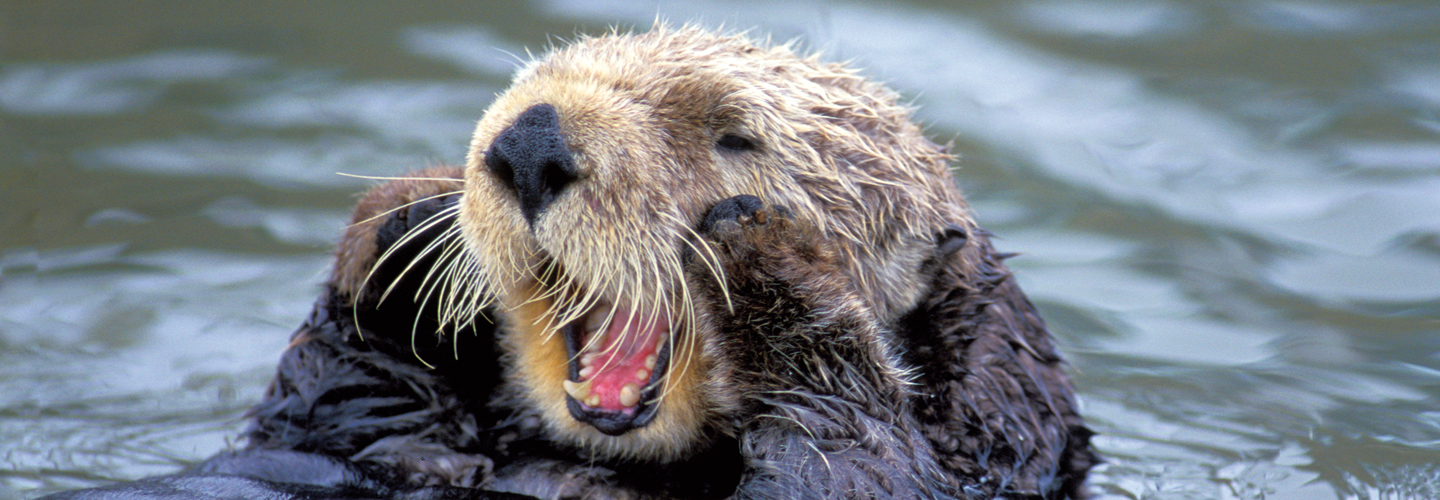This past July, an urgent call came in to the Marine Mammal Center in Sausalito, California. A young southern sea otter had washed up on the beach at nearby Half Moon Bay, and he didn’t look good. When rescuers arrived, the otter was starving, weak, and disoriented. They rushed him to the Marine Mammal Center to try to save his life.
Rescuers nicknamed the otter Yankee Doodle. He’s just one of 350 otters the center has rescued since it opened in 1975. These efforts, along with laws that protect otters, are helping the animals come back from the brink of extinction. A century ago, just 50 of the otters were left in the wild. Today, there are about 3,000. Scientists hope that someday there will be thousands more.
A call came in this past July to the Marine Mammal Center. It’s in Sausalito, California. A young southern sea otter had washed up on a beach nearby. The beach was at Half Moon Bay. The otter didn’t look good. Rescuers arrived. The otter was hungry, weak, and confused. The rescuers rushed the otter to the Marine Mammal Center. They were going to try to save his life.
Rescuers named the otter Yankee Doodle. The center opened in 1975. Yankee Doodle is just one of 350 otters the center has rescued since then. The animals had once nearly become extinct. Just 50 of the otters were left in the wild 100 years ago. But laws protecting otters helped save them. The center’s rescue efforts helped too. There are about 3,000 otters today. Scientists hope someday there will be thousands more.

